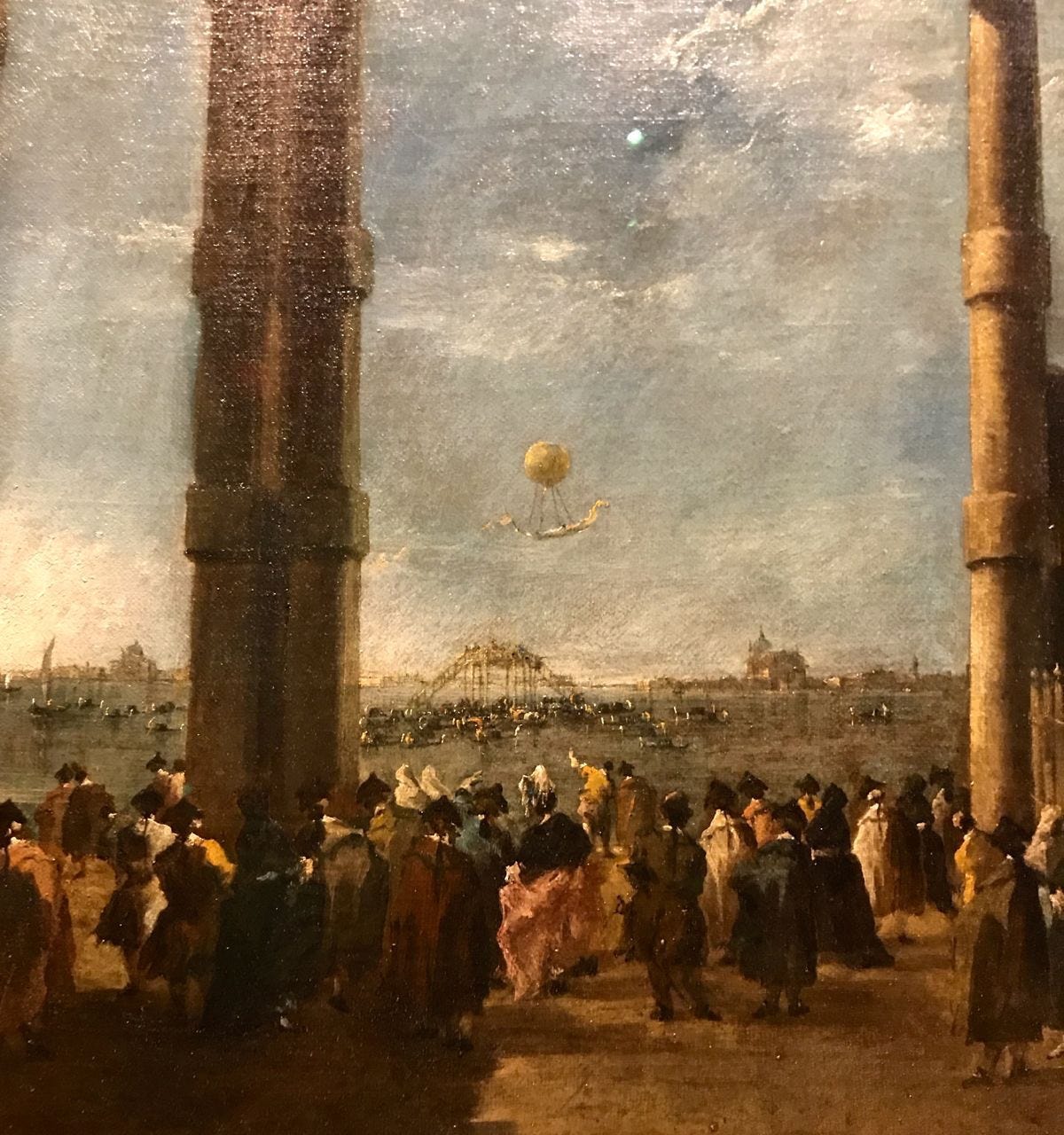“And I’m there, lookin’ up at the sky,
and I’m scared, thinkin’ ’bout the way that I don’t understand anything at all,
how it overtakes me,
and I’m just so small,
do I stand a chance?”
— The Flaming Lips, “It Overtakes Me”
If Nightwalking is isolation (and disconnectedness), and Daytalking is anticipation (and connection, community), then the third part of the trilogy is Stargazing.
Stargazing is fascination. Curiosity. Wonder.
Awe.
I’m convinced this is the secret to a happy life. And it’s available to everyone, just for the taking.
In future posts I’ll dive into more detail about the other aspects of the trilogy, and how they are (or are not) interrelated, but for now this is my primer on Stargazing.
In honor of the moment, I went on a “Fascination Excursion.” While the Minneapolis Institute of Art’s exhibit “Eyewitness Views: Making History in 18th Century Europe” was my focus, like all Stargazing it came with side benefits.
Those side benefits include whatever might arise while you’re Stargazing. You never know what will shoot out of left field, or what you’ll encounter that may surprise or delight you. Or lead to more questions.
So, hello, Alice. Meet rabbit hole.
Two of those things I immediately recognized as Stargazing.
The first was graffiti I saw on my way to the museum, in Minneapolis’ Whittier neighborhood:
I love stumbling across things like this.
There’s a spooky sense of connection while on the way to something I knew I’d enjoy: “Oh, hello random colorful message from the Universe. I really dig your style, cat. What sort of further adventures and other secret coded messages do you have for me today?”
The second Stargazing synchronicity happened within the museum, when I was confronted with this stern figure:

When I was a kid, I was fascinated with arms and armor. I recall seeing a suit of armor around Christmastime, in the early 1960s, in Indianapolis.
I couldn’t get it out of my head.
Outside of “Twinkle, twinkle, little star, how I wonder what you are,” it was probably my first brush with the power of Stargazing.
It’s easy to recognize when other people are Stargazing.
Mostly you see it when they’re deep into a hobby or pastime. Sometimes it cuts across activities and media: learning a new skill, watching a movie or video that connects with a reading, that relates to a lecture or talk.
Minneapolis writer Jim Walsh revealed in a Star Tribune column his own recent brush with Stargazing. It’s a powerful experience, and one that can be highly disorienting (although in a good way).
Walsh writes that, after he discovered an online newspaper archives about his family and places he used to know, he was in a “blasted-by-the past daze, with turn-of-the-century visions of sandlots and sunflower fields morphing with today’s storefronts, mansions and lakes to the point where I swear I could see trolley cars and cornstalks…”
This is an important distinction about Stargazing: it completely ignites your imagination. And that’s how it progresses from curiosity and fascination to wonder and possibly awe.
If you cultivate it, my friends, it will save your life.
Back at the MIA, I was drawn toward this painting, riveted in front of it:
Stargazing always begins with questions: “Who was this Count Zambeccari? When was his air balloon flight? What got him interested in it? How did he live? Did he have a family? Wife? Children? How did he die?”
Who knows where this mini-fascination will lead?
I might have a new question, or some undiscovered aspect might spur a new writing project, a business idea, or any number of the gifts that curiosity, openness, and creativity can bring.
How can you cultivate Stargazing into your life?
Stick around and let’s find out together.
Gratitude to Jo Petroni for her illustrations. Please consider subscribing to this venture!
Thank you!







